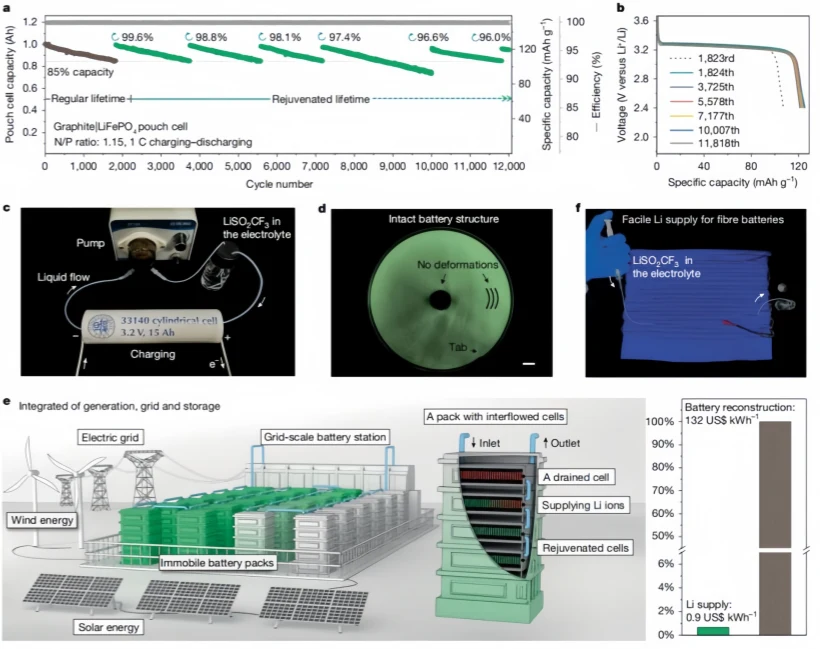Lithium Battery Composition: What’s Inside, How It Works, and Best Uses
2025-03-05
HEXI
What Are Lithium Batteries Made Of? Structure, Materials & Applications
Lithium batteries are the backbone of modern energy storage, powering everything from electric vehicles (EVs) to solar energy systems and consumer electronics. But what exactly are they made of? Understanding the structure, materials, pricing, and customer experience of lithium batteries can help businesses and consumers make informed purchasing decisions.
1. The Structure of Lithium Batteries
Cathode (Positive Electrode): The cathode determines the battery's energy capacity and overall performance. Common cathode materials include:Lithium Iron Phosphate (LiFePO₄, LFP): Known for long cycle life, high safety, and thermal stability.Nickel-Cobalt-Manganese (NCM) & Nickel-Cobalt-Aluminum (NCA): Offers higher energy density but is more expensive and less stable than LFP.Anode (Negative Electrode): Typically made of graphite, which efficiently stores and releases lithium ions. Some advanced batteries incorporate silicon for greater energy storage capacity.
Electrolyte: A lithium salt solution (e.g., LiPF₆) in an organic solvent that enables lithium ions to flow between the cathode and anode.
Separator: A thin, porous membrane that prevents direct contact between the cathode and anode while allowing lithium ions to pass through.
Battery Management System (BMS): A critical component that protects the battery from overcharging, overheating, and deep discharges, extending its lifespan.
Battery Casing & Cell Format:
Cylindrical (18650, 21700): Used in EVs and power tools.
Prismatic: Common in energy storage and industrial applications. and used in compact electronic devices.
2. Materials Used in Lithium Batteries
|
Component |
Material Used |
Function |
|
Cathode |
LiFePO₄, NCM, NCA |
Stores lithium ions, determines capacity |
|
Anode |
Graphite, Silicon |
Facilitates ion flow, affects charge cycles |
|
Electrolyte |
Lithium salt (LiPF₆) in organic solvent |
Conducts lithium ions |
|
Separator |
Polyethylene or polypropylene |
Prevents short circuits |
|
Casing |
Aluminum or steel |
Protects internal components |
3. Pricing & Market Trends ---What Affects Lithium Battery Prices?
Material Costs: LFP batteries are more affordable than NCM/NCA.
Manufacturing Complexity: High-quality BMS and fast-charging features increase costs.
Market Demand: Prices fluctuate based on supply and demand in the EV and renewable energy sectors.
Estimated Prices (24V 100Ah Battery):
Budget Models: $300 – $500
Mid-Range: $600 – $900
Premium: $1000+
4. Customer Experience & Market Demand
Lithium batteries are in high demand due to their efficiency, long lifespan, and eco-friendly nature. Customers transitioning from lead-acid to lithium often notice immediate improvements in performance and convenience.
5. How to Choose the Right Lithium Battery
Key Considerations:
✅ Capacity & Voltage Needs – Match the battery to your power system requirements.
✅ Cycle Life – More cycles mean better long-term value (LiFePO₄ lasts 3000+ cycles).
✅ BMS Features – Look for overcharge, discharge, and thermal protection.
✅ Certifications – Ensure compliance with safety standards like UL, CE, and UN38.3.
